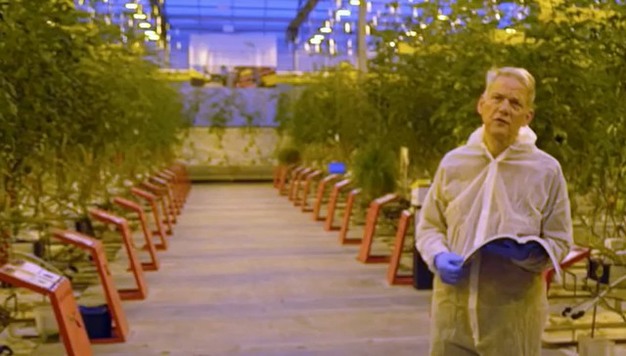Every tomato grower wants to optimise production and quality, especially in wintertime when prices are often highest. Despite applying additional HPS or LED lighting, PAR light is the main restricting factor in this period, so the art of growing now is achieving optimal light use efficiency (LUE) and a fast production cycle from flowering and fruit set to harvest. Jan Voogt with Plant Empowerment shares a tip to optimise the production by managing the plant load.

"Surprisingly, many growers strive to do this with a relatively high plant load, so many fruits/m2. Be aware that it is the daily light integral that determines production, and not plant load. On top of that, some growers also increase the number of stems per m2 to anticipate increasing natural sunlight in the spring. As a result, the demand for assimilates can easily exceed the production, so these growers must lower the daily average temperature, to keep the crop well balanced. However, this also slows down production. Lowering daily temperature may also be difficult because of legislation regarding light emission. Artificial lighting under a closed blackout screen leads inevitably to a higher temperature which can not always be compensated for in the relatively short dark period," they say.
"Summarised, the best way to optimise production during wintertime under artificial lighting is keeping a relatively low plant load, and postponing the extra stems to the moment that increasing natural sunlight speeds up the production of assimilates. Now it is easier to maintain plant balance despite the higher temperature under a blackout screen. This way, yield and quality can be kept at high levels, thanks to a short production cycle."

